What is the best type of LED lighting to use in a kitchen?
- Posted on
- By INTOLED
- 0
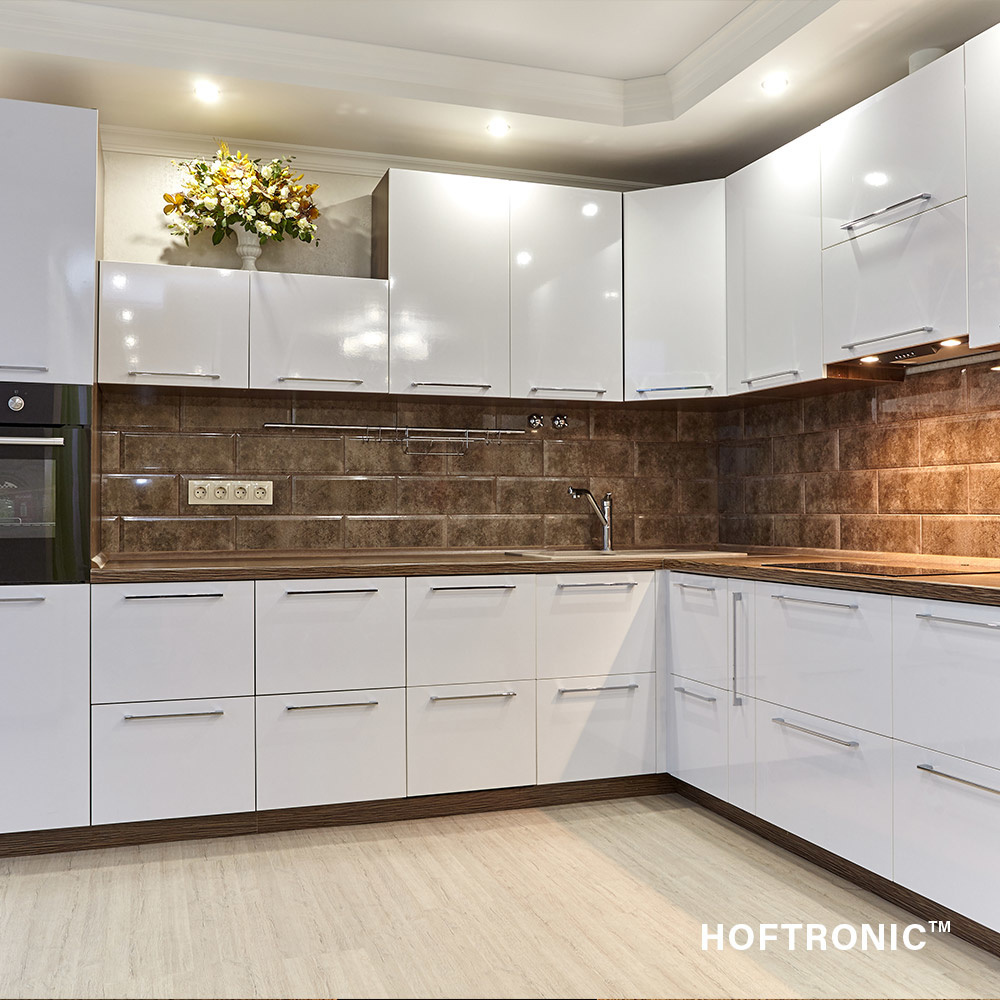
Which lamps for the kitchen? When it comes to choosing lamps for the kitchen, it's a good idea to draw up a lighting plan. A lighting plan helps you decide where and in which rooms you want to install light sources. In this blog, we combine kitchen lighting tips and create a lighting plan for your kitchen lamps. We will distinguish between three types of lighting: basic lighting, work lighting and mood lighting. By the end of this blog, you will know exactly which lamps make sense in the kitchen.
- How many led light in a kitchen?
- All the info about kitchen lighting spotlights
- Which LED light is better for kitchen?
How many led light in a kitchen?
Our customer service department gets a lot of questions about LED kitchen lighting. Often it is about where to place the luminaires in the kitchen. And what about spots over a kitchen island? The basic rule is that the larger the room or area, the more light you need. It's a good idea to use at least two spotlights in a kitchen island, for example, but don't go overboard. Optionally, you can make sure that the spots or lamps are dimmable. This way you can easily adjust the intensity of the LED lighting in your kitchen to suit the activity in the kitchen. Another option, if you want to put more lights in a smaller space, is to choose a low lumen output. Let's take a closer look at this.
How many lumens are needed in the kitchen? And how many lumens at the cooker hood?
What is a lumen and how many lumens do you need in the kitchen? For example, how many lumens do you need at your cooker hood or hob? A lumen is the amount of light emitted by a light source. Some light bulbs are very bright, while others are less bright. This is to do with the number of lumens. Of course, you can regulate this with a dimmer, or just make sure you have the right amount of lumens in the kitchen at all times.

In order to conjure up delicious dishes without cutting your fingers, we recommend lighting your kitchen with 2000-3000 lumens, spread over several spots. To find out more, read our blog 'What are lumens in LED lighting'.
Of course, the number of lumens you need depends on the size of the room. In a small room, 2,000 lumens will feel like a lot of light, whereas in a larger room it may be too little. Lux also has something to do with this. Lux is the amount of light that falls on a surface. It depends on the distance between the light source and the surface. This surface could be the kitchen worktop, but also the table or the floor. Watch our video below to find out how to work out how many lamps you need for your room.
All the info about kitchen lighting spotlights
Kitchen lighting does not have to be all spotlights, but it is an attractive and often chosen solution. Choose recessed lighting in your kitchen to conceal it beautifully, opt for surface-mounted spotlights as an eye-catcher or choose a fluorescent luminaire in the kitchen as a substructure for a practical and maintenance-free filling.
Not only do spotlights look great over a kitchen island, but they are also perfect for undermount LED lighting in the kitchen. Undermount LED lighting in the kitchen is particularly useful because it eliminates the problem of shadows. When you install LED lighting underneath wall units, you can be sure that the light is shining directly onto the worktop. Unlike lighting such as a kitchen ceiling light in the middle of the kitchen, you don't stand in the way of the light. With a kitchen ceiling light, your body casts a shadow, and that is not desirable. With under-cabinet lighting, you avoid this, which is very practical!
Even if you don't have overhead cupboards or shelving, it's a good idea to use lights over the sink as task lighting. Mount them in the ceiling or choose recessed spots in a suspended ceiling, for example. This will minimise the shadow cast on the worktop.

For extra flexibility, choose an LED luminaire with a replaceable light source. This way you can enjoy the spotlight for years to come without having to replace the entire under-cabinet lighting in the kitchen. This is particularly convenient with recessed spotlights.
LED kitchen lighting tips
Now that we have covered most of the technical aspects of LED kitchen lighting, it is time to think about the design and look of your kitchen lighting. After all, the eye is the eye of the beholder and lighting can make a big difference to the style and feel of a kitchen. If you have a modern kitchen, choose recessed lights with sleek designs. Have a country kitchen? Choose warm materials and colours such as wood and beautiful kitchen ceiling lights. Don't forget less obvious areas, such as plinth lighting in the kitchen. Or opt for illuminated kitchen cupboards, for example with spots under the kitchen cupboard. By using (waterproof) LED strips, you can create a magical and luxurious atmosphere in your kitchen.
Tip: Basic lighting is usually warm white (around 3000K) and preferably dimmable. Dimming allows you to choose how bright the lighting is when you are or are not in the kitchen. Functional lighting is preferably neutral white (around 4000K). This shows the kitchen at its best. Ambient lighting is a little warmer and a warm white light colour (around 2700K) is appropriate.
Which LED light is better for kitchen?
The use of colour is important in any room. You can also use different colours of light in the same room. Just as you combine different ingredients to make a dish in your kitchen, you can do the same with the light in your kitchen. Earlier we gave the tip to use warm white light for basic lighting and neutral white light for functional lighting. While you are cooking, you often want to have bright light, but when you are sitting at the table, the light may just be atmospheric and warm. It would be ideal to be able to use both light colours. Fortunately, we have a solution. You can of course use two different (or more) light colours in a room, but we also offer spotlights with a Dim to Warm function. The unique dim to warm function allows you to dim a lamp not in light quantity (lumens) but in light colour.
The brightest setting is 2700K (warm white) and the dimmed setting is 2200K (extra warm white light). With a range between 2200K and 2700K, you can create a pleasant atmosphere in no time at all.
Do you want to use white light for cooking, for example with a dim-to-warm function, but also have a choice of coloured light? Then choose an intelligent light source with 16.5 million colours and shades of white to choose from. Our LED strips are also available in smart form, so you can always find the right colour for the moment.
We hope you have found some inspiration for your kitchen lighting after reading this blog. If you would like to find out more about kitchen lighting and get some advice, our LED specialists are here to help. Contact us using the details at the bottom of the website, we'd love to help!

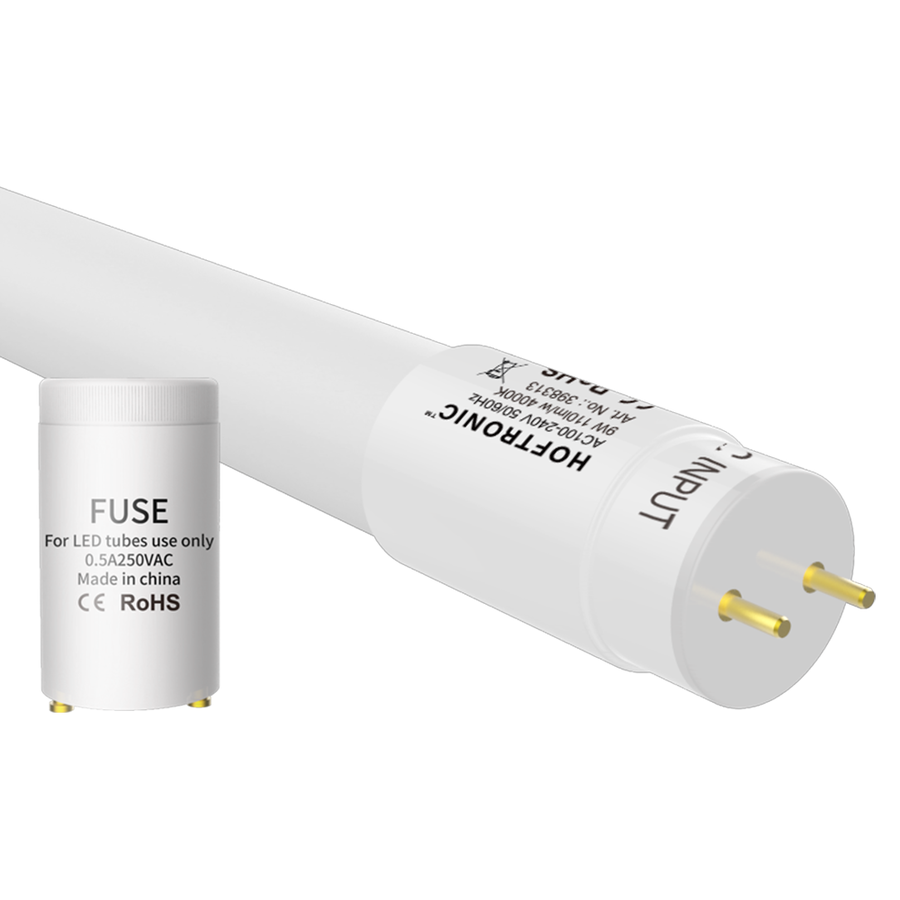
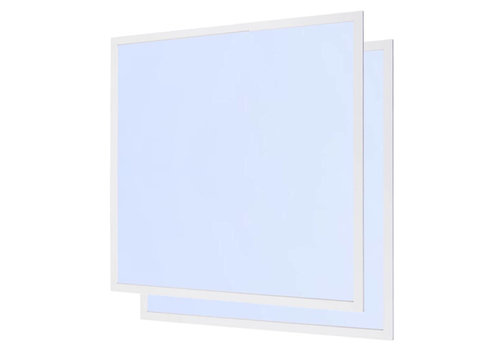
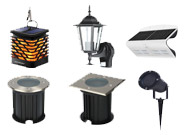
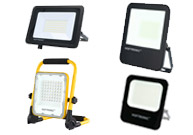

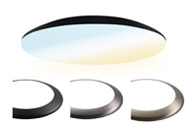
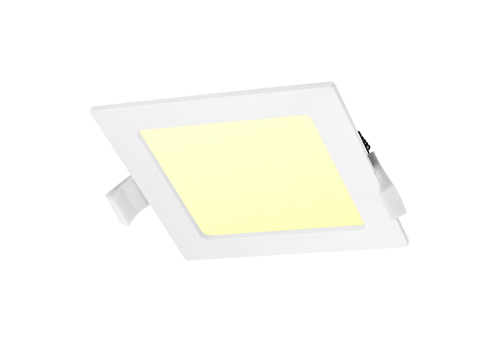
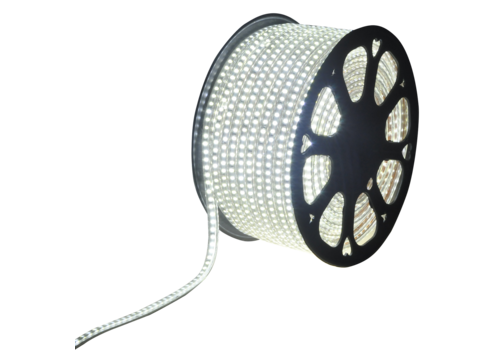

Comments
Be the first to comment...